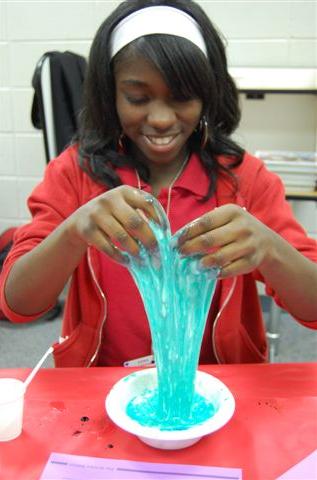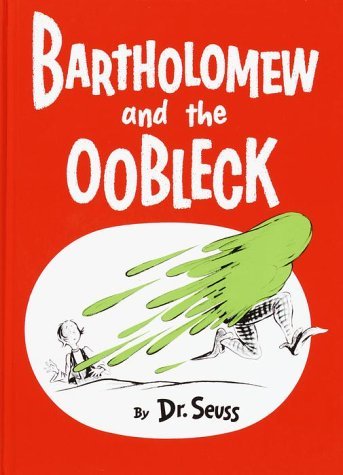
Summer at the library isn't just checking out fun books and collecting prizes for reading.
This summer, 152 public libraries will host free, hands-on science explorations for kids sponsored by GlaxoSmithKline’s Science in the Summer program.
Carol McKnight, children’s librarian at the Free Library of Philadelphia Bustleton branch, recalls a past summer when young participants at her site tried hands-on chemistry. With help from visiting science teachers and some dry ice, kids turned fresh bananas into frozen hammers that could actually pound nails. “That’s the kind of ‘wow’ factor that keeps lots of kids coming to the program, summer after summer after summer,” says McKnight. “It’s well worth doing something that gives children excitement about things that are real, and gets them thinking about the surprises and complications of the world around them.”
She encourages summer participants to check out science-themed books, some of which the program contributes to the permanent library collection. McKnight definitely sees kids spend more time looking at nonfiction books and researching science online after they attend hands-on science sessions. “If a child, even a reluctant reader, gets interested in a particular science topic, they will be open to reading a book on that subject,” she observes.
Summer science learners can attend the program from 2nd to 6th grade, and McKnight keeps many coming back as teen volunteers helping younger students. Some “alums” even come back as adults to lend a hand with science demonstrations—like the woman scientist from Dupont, who told McKnight she was inspired to become a scientist by her summer science experiences in the library. The program has introduced thousands of learners to topics like chemistry, oceanography, physical science, genetics, simple machines, and electricity.

The howtosmile.org collection has many activities that can help make science connections to summer reading. Summer is a great time to try concocting “oobleck,” the strange, green goop made famous in Dr. Seuss’s book Bartholomew and the Oobleck. This easy-to-make polymer, also known as “flubber” “or slime,” behaves like a solid or a liquid depending on how you test it.
You can make and test oobleck at home, camp, school, or even the library! (Just don’t put any oobleck down the garbage disposal when you’re done…)
